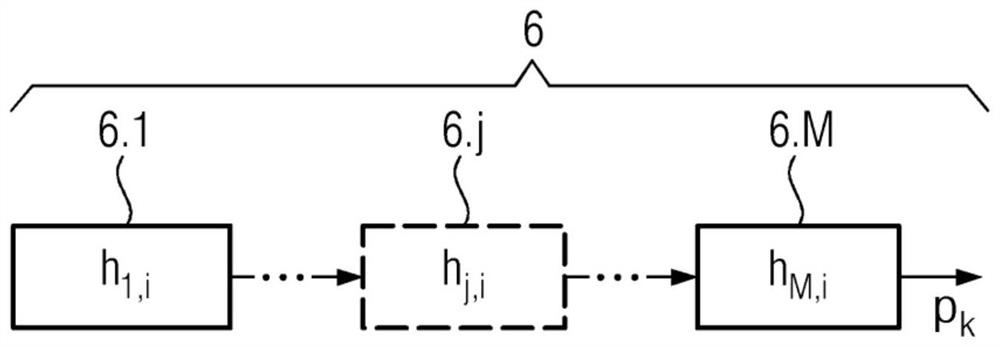Hemodynamic analysis of vessels using recurrent neural network
A technology of hemodynamics and blood vessels, applied in biological neural network models, neural learning methods, neural architectures, etc.
- Summary
- Abstract
- Description
- Claims
- Application Information
AI Technical Summary
Problems solved by technology
Method used
Image
Examples
Embodiment Construction
[0142] exist figure 1 In , an embodiment of the method of predicting a hemodynamic parameter according to the first aspect of the present invention is exemplarily depicted. The method comprises the steps of: receiving 1 a vessel shape model; receiving 2 a corresponding flow distribution; and predicting 3 at least one hemodynamic parameter p k .
[0143] In the step of receiving 1 , a vessel shape model of a target vessel, here exemplarily the aorta of a human subject, is received as a first input. The vessel shape model has been extracted from an image dataset generated by a medical imaging system showing the subject's aorta (eg, a 4D MRI flow dataset generated by a 4D MRI system). The vessel shape model includes a centerline extending from the entrance to the exit of the aorta. The centerline runs through all center points along the aorta. The blood vessel shape model includes a large number of N=100 blood vessel shape points, each of which has a first coordinate in a fir...
PUM
 Login to View More
Login to View More Abstract
Description
Claims
Application Information
 Login to View More
Login to View More - Generate Ideas
- Intellectual Property
- Life Sciences
- Materials
- Tech Scout
- Unparalleled Data Quality
- Higher Quality Content
- 60% Fewer Hallucinations
Browse by: Latest US Patents, China's latest patents, Technical Efficacy Thesaurus, Application Domain, Technology Topic, Popular Technical Reports.
© 2025 PatSnap. All rights reserved.Legal|Privacy policy|Modern Slavery Act Transparency Statement|Sitemap|About US| Contact US: help@patsnap.com



